Recovering from a total hip replacement surgery can be a challenging journey, both physically and emotionally. However, with the right tools and support, regaining mobility and independence is not only possible but also empowering. In this case study, we delve into the crucial role that grab bars play in the total hip recovery process. These unassuming yet powerful aids provide stability, support, and confidence to patients as they navigate their way to recovery. From the initial stages of post-operative rehabilitation to the final stages of regaining strength and balance, grab bars prove to be a lifeline for patients, enabling them to perform daily activities with ease and minimizing the risk of falls or injuries. Join us as we explore the transformative impact of grab bars on total hip recovery and discover how these simple devices can make a world of difference in regaining mobility and independence.

Understanding the importance of mobility and independence in the recovery process
The road to recovery after a total hip replacement surgery can be arduous. Patients often experience pain, restricted movement, and a loss of independence. However, it is important to recognize that mobility and independence are key factors in the overall recovery process. The ability to perform daily activities such as walking, climbing stairs, and getting in and out of the shower not only boosts physical well-being but also contributes to emotional well-being.
During the recovery period, patients may face challenges such as muscle weakness, balance issues, and fear of falling. This is where grab bars come into play. Grab bars provide the necessary support and stability that patients need to regain their confidence and independence. By offering a secure handhold, grab bars allow patients to navigate their surroundings with ease, reducing the risk of falls and injuries. Whether it's getting in and out of bed, using the toilet, or taking a shower, grab bars provide the extra support patients need to perform these activities safely and independently.
In addition to physical benefits, the psychological impact of grab bars on patients' well-being should not be overlooked. The ability to carry out daily tasks without assistance fosters a sense of empowerment and self-reliance. This, in turn, boosts patients' self-esteem and overall quality of life. By understanding the importance of mobility and independence in the recovery process, healthcare professionals can guide patients towards the effective use of grab bars for a smoother and more fulfilling recovery journey.
The benefits of using grab bars for total hip recovery
Grab bars offer a multitude of benefits for patients undergoing total hip recovery. Firstly, they provide stability and support, allowing patients to move around confidently and safely. By having a secure handhold, patients can distribute their weight evenly and maintain balance, reducing the risk of falls and injuries. This added stability instills a sense of confidence in patients, enabling them to regain their independence and perform daily activities with ease.
Secondly, grab bars promote proper body mechanics and posture during movement. After a total hip replacement surgery, patients may develop compensatory movements or postures to avoid pain or discomfort. These compensatory movements can inadvertently lead to muscle imbalances and further strain on the hip joint. With the use of grab bars, patients can maintain proper alignment and body mechanics, minimizing the risk of joint strain and promoting a more efficient recovery.
Furthermore, grab bars are versatile aids that can be installed in various areas of the home, such as the bathroom, bedroom, and hallways. This allows patients to have support wherever they need it, ensuring a seamless transition between different activities and areas of the home. Whether it's getting in and out of the shower, using the toilet, or navigating stairs, grab bars provide a consistent and reliable support system throughout the recovery process.
By providing stability, promoting proper body mechanics, and offering versatility, grab bars play a pivotal role in the total hip recovery journey. These benefits not only facilitate physical healing but also contribute to patients' overall well-being and quality of life.
Case study: Patient X's journey to mobility and independence with the help of grab bars
To truly understand the transformative impact of grab bars on total hip recovery, let's take a closer look at the journey of Patient X. Patient X, a 65-year-old individual, underwent a total hip replacement surgery due to severe osteoarthritis. Following the surgery, Patient X experienced significant pain and limited mobility, which affected their ability to perform daily activities independently.
Upon recommendation from their healthcare provider, Patient X installed grab bars in key areas of their home. The bathroom, in particular, was equipped with grab bars near the toilet, shower, and bathtub. This allowed Patient X to safely and confidently navigate these spaces, reducing the risk of falls or accidents.
In the early stages of recovery, grab bars played a crucial role in assisting Patient X with basic tasks such as sitting down and standing up from the toilet. The stability and support provided by the grab bars alleviated the strain on the hip joint, enabling Patient X to perform these actions with minimal pain and discomfort. As Patient X progressed in their recovery, the grab bars continued to be a reliable source of support, allowing them to transition to more challenging activities such as showering and getting in and out of the bathtub.
Over time, Patient X's mobility and independence improved significantly, thanks in large part to the consistent use of grab bars. The added stability and confidence provided by the grab bars allowed Patient X to regain their sense of self-reliance and carry out daily activities without relying on assistance. Patient X's improved mobility and independence not only enhanced their physical well-being but also positively impacted their mental and emotional state, leading to an overall better quality of life.
Patient X's case exemplifies the transformative impact that grab bars can have on total hip recovery. By providing stability, support, and confidence, grab bars enable patients to regain their mobility and independence, empowering them to take control of their recovery journey.
Key considerations when choosing grab bars for total hip recovery
When selecting grab bars for total hip recovery, there are several key considerations to keep in mind. Firstly, the grab bars should be sturdy and able to support the weight of the patient. It is recommended to choose grab bars that are made of high-quality materials such as stainless steel or aluminum, as these offer durability and reliability.
Secondly, the grab bars should be of appropriate length and thickness. Longer grab bars provide more surface area for patients to hold onto, while thicker grab bars offer a more comfortable grip. It is important to choose grab bars that are ergonomically designed to accommodate the needs of patients during the recovery process.
Additionally, the location and placement of grab bars are crucial for optimal support and safety. Grab bars should be installed at strategic points where patients may require assistance, such as near the toilet, shower, and bathtub. It is recommended to consult with a healthcare professional or occupational therapist to determine the most suitable placement of grab bars based on the patient's specific needs and home layout.
Furthermore, grab bars should be installed securely to ensure stability. It is advisable to hire a professional or seek assistance from a qualified individual with experience in grab bar installation. Properly installed grab bars will provide the necessary support and minimize the risk of accidents or injuries.
By considering these key factors when choosing grab bars for total hip recovery, patients can maximize the benefits and ensure a safe and effective recovery journey.
Installation and placement of grab bars for optimal support and safety
Proper installation and placement of grab bars are essential to ensure optimal support and safety during total hip recovery. Here are some guidelines to follow:
1. Identify the areas in your home where grab bars will be most beneficial, such as the bathroom, bedroom, and hallways.
2. Consult with a healthcare professional or occupational therapist to determine the specific locations for grab bar installation based on your needs and home layout.
3. Choose grab bars that are appropriate in length and thickness for a comfortable grip. Longer grab bars provide more surface area for support, while thicker grab bars offer a more secure grip.
4. Ensure that the grab bars are made of high-quality materials, such as stainless steel or aluminum, to ensure durability and reliability.
5. Before installation, thoroughly clean the surface where the grab bars will be mounted to ensure proper adhesion.
6. If you are unsure or uncomfortable with the installation process, it is recommended to seek assistance from a professional or qualified individual.
7. Use appropriate mounting hardware, such as screws or anchors, to securely fasten the grab bars to the wall. This will ensure stability and minimize the risk of accidents or injuries.
8. Test the grab bars for stability after installation to ensure they can support your weight. Apply pressure in different directions to ensure they are securely mounted.
Remember, grab bars are designed to provide support and stability. By following proper installation and placement guidelines, you can ensure that the grab bars offer the optimal level of support and safety during your total hip recovery journey.
Other assistive devices and aids that can enhance total hip recovery
In addition to grab bars, there are other assistive devices and aids that can further enhance total hip recovery. These include:
1. Raised toilet seats: Raised toilet seats can help reduce strain on the hip joint by minimizing the distance patients need to lower themselves when using the toilet. This can make the process more comfortable and less challenging, especially during the initial stages of recovery.
2. Shower chairs or benches: Shower chairs or benches provide a safe and stable seating option for patients who have difficulty standing for long periods or maintaining balance in the shower. These aids allow patients to shower in a seated position, reducing the risk of falls or injuries.
3. Reachers or grabbers: Reachers or grabbers are long-handled devices that enable patients to pick up objects from the floor or reach items that are out of their immediate reach. These aids eliminate the need for bending or stretching, minimizing strain on the hip joint.
4. Mobility aids: Depending on the individual's mobility level, mobility aids such as crutches, walkers, or canes may be recommended to support walking and provide stability during the recovery process. These aids can help patients gradually increase their mobility and independence as they progress in their recovery.
It is important to consult with a healthcare professional or occupational therapist to determine the most appropriate assistive devices and aids based on your specific needs and recovery progress. These additional tools can complement the use of grab bars and further enhance your total hip recovery journey.
Tips for making your home more accessible and supportive during total hip recovery
Creating a supportive and accessible environment in your home is essential for a smooth total hip recovery journey. Here are some tips to consider:
1. Clear pathways: Remove any obstacles or clutter that may hinder your movement or increase the risk of falls. Ensure that pathways throughout your home are clear and free from hazards.
2. Adequate lighting: Proper lighting is crucial for visibility and safety. Make sure all areas of your home are well-lit, especially stairways, hallways, and bathrooms. Consider installing motion-activated lights to provide additional convenience and safety.
3. Non-slip surfaces: Place non-slip mats or rugs in areas prone to moisture, such as the bathroom or kitchen. These mats provide traction and reduce the risk of slips or falls.
4. Furniture arrangement: Rearrange furniture to create clear pathways and open spaces that allow for easy maneuverability. Remove any unnecessary furniture that may obstruct your movement or limit access to essential areas.
5. Assistive devices within reach: Keep commonly used items within easy reach to minimize the need for bending or stretching. Place frequently used items such as toiletries, kitchen utensils, and clothing in accessible locations or use reachers or grabbers to retrieve them.
6. Handrails on stairs: If your home has stairs, consider installing handrails on both sides to provide additional support and stability when going up or down.
7. Communication and support: Communicate your needs and limitations with family members or caregivers. Establish a support system that can assist you when needed, such as helping with household chores or running errands.
By implementing these tips, you can create a home environment that promotes accessibility, safety, and support throughout your total hip recovery journey.
The impact of grab bars on long-term independence and quality of life
The impact of grab bars extends beyond the immediate recovery period, contributing to long-term independence and an improved quality of life. By incorporating grab bars into daily routines, patients can maintain their mobility, confidence, and autonomy even after completing the recovery process.
Grab bars provide a sense of security and stability in various environments, enabling patients to continue performing everyday activities with ease. Whether it's getting in and out of the shower, using the toilet, or navigating stairs, the presence of grab bars ensures that patients can carry out these tasks independently, without the need for constant assistance.
Moreover, grab bars offer peace of mind to patients and their loved ones. The knowledge that there is a reliable support system in place reduces anxiety and fear of falling, allowing patients to focus on enjoying their newfound independence. This sense of security translates to a higher level of confidence, empowering patients to engage in social activities, pursue hobbies, and participate in community events.
Additionally, the use of grab bars contributes to the prevention of falls and injuries, which can have a significant impact on long-term health outcomes. By reducing the risk of accidents, grab bars help avoid potential setbacks in the recovery process and promote overall physical well-being.
Furthermore, the presence of grab bars in the home serves as a reminder of the progress made during the recovery journey. Patients can look at these unassuming yet powerful aids as symbols of strength, resilience, and triumph over adversity. This positive reinforcement reaffirms their ability to overcome challenges and adapt to new circumstances, fostering a sense of accomplishment and self-efficacy.
In conclusion, grab bars play a vital role in total hip recovery by providing stability, support, and confidence. These unassuming aids empower patients to regain their mobility and independence, enabling them to perform daily activities with ease while minimizing the risk of falls or injuries. By embracing grab bars as a crucial tool in the recovery process, patients can unlock a world of possibilities, enhancing their long-term independence and quality of life.
Conclusion: Embracing grab bars as a crucial tool for total hip recovery and independence
In the journey towards total hip recovery, grab bars serve as an invaluable tool that promotes stability, support, and confidence. These unassuming aids enable patients to regain their mobility and independence, allowing them to perform daily activities with ease and minimizing the risk of falls or injuries.
By understanding the importance of mobility and independence in the recovery process, healthcare professionals and patients alike can embrace the transformative impact of grab bars. From the initial stages of post-operative rehabilitation to the final stages of regaining strength and balance, grab bars provide a lifeline




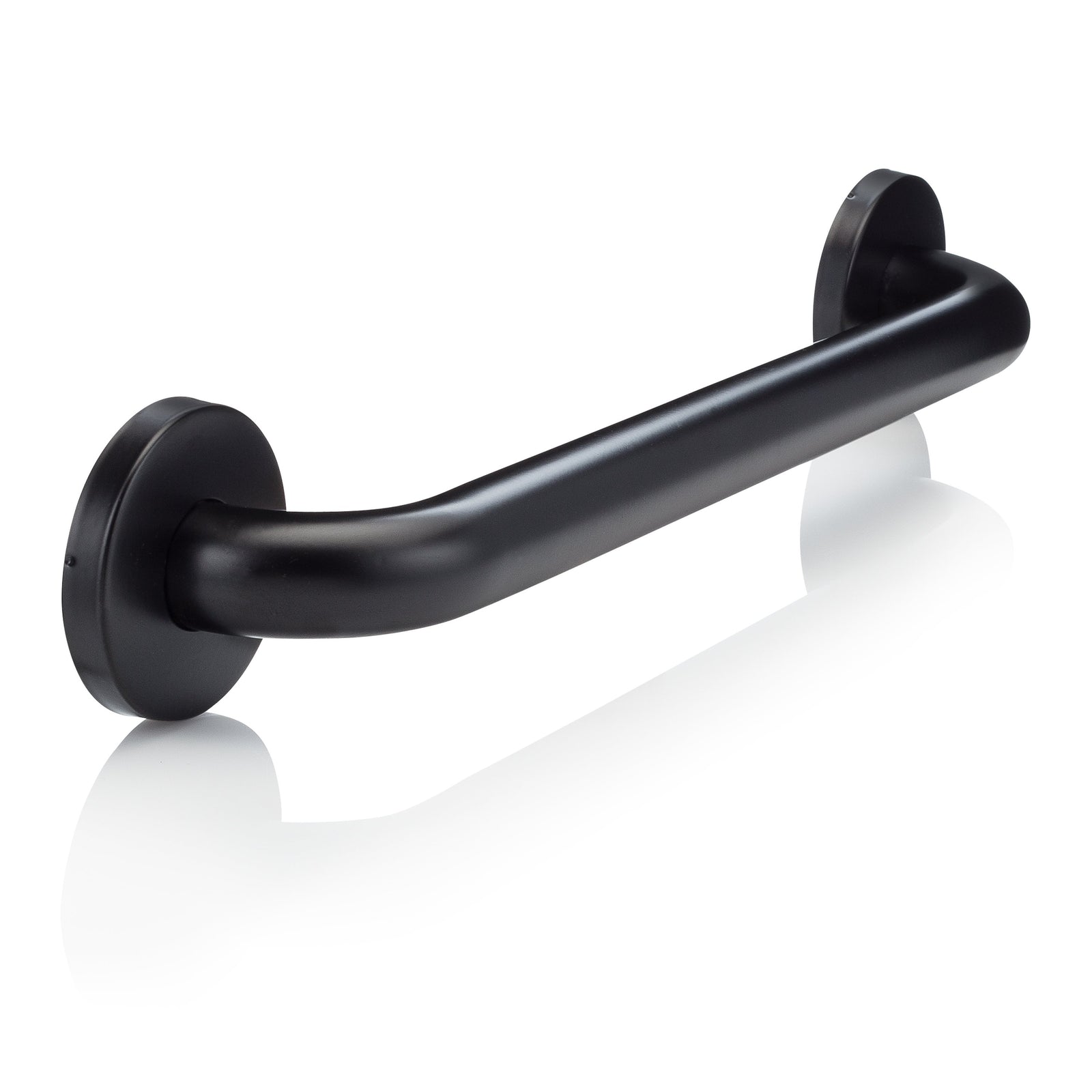
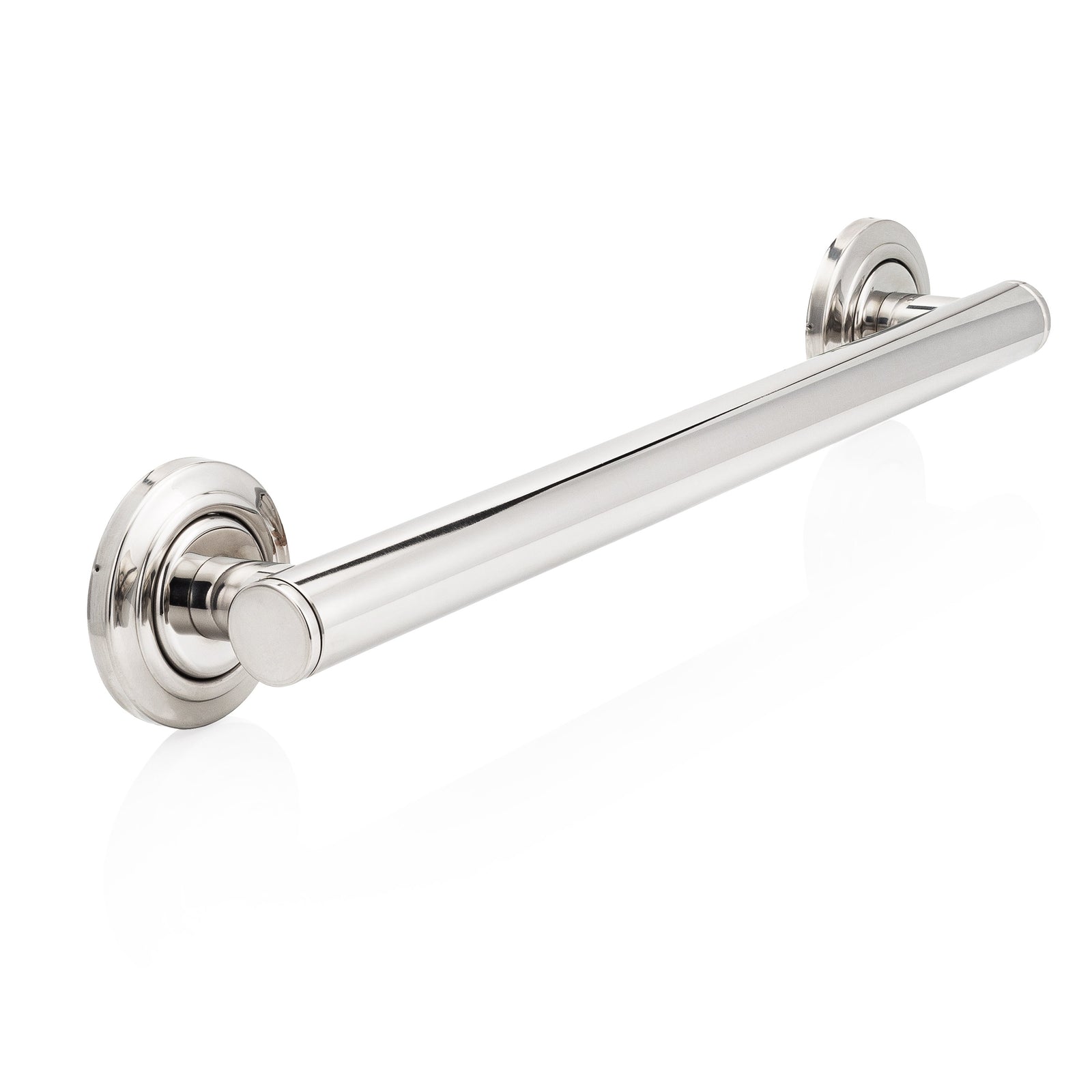


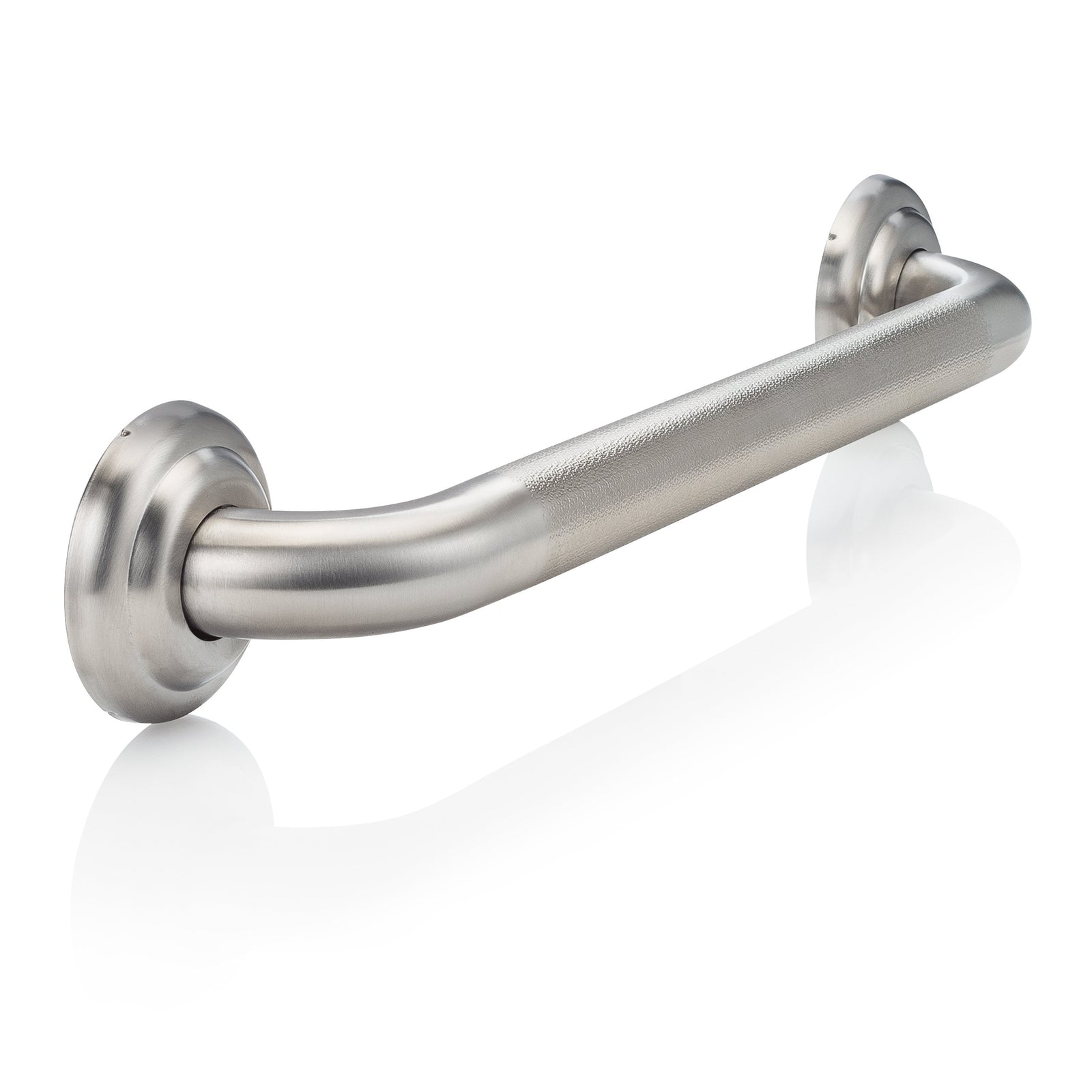
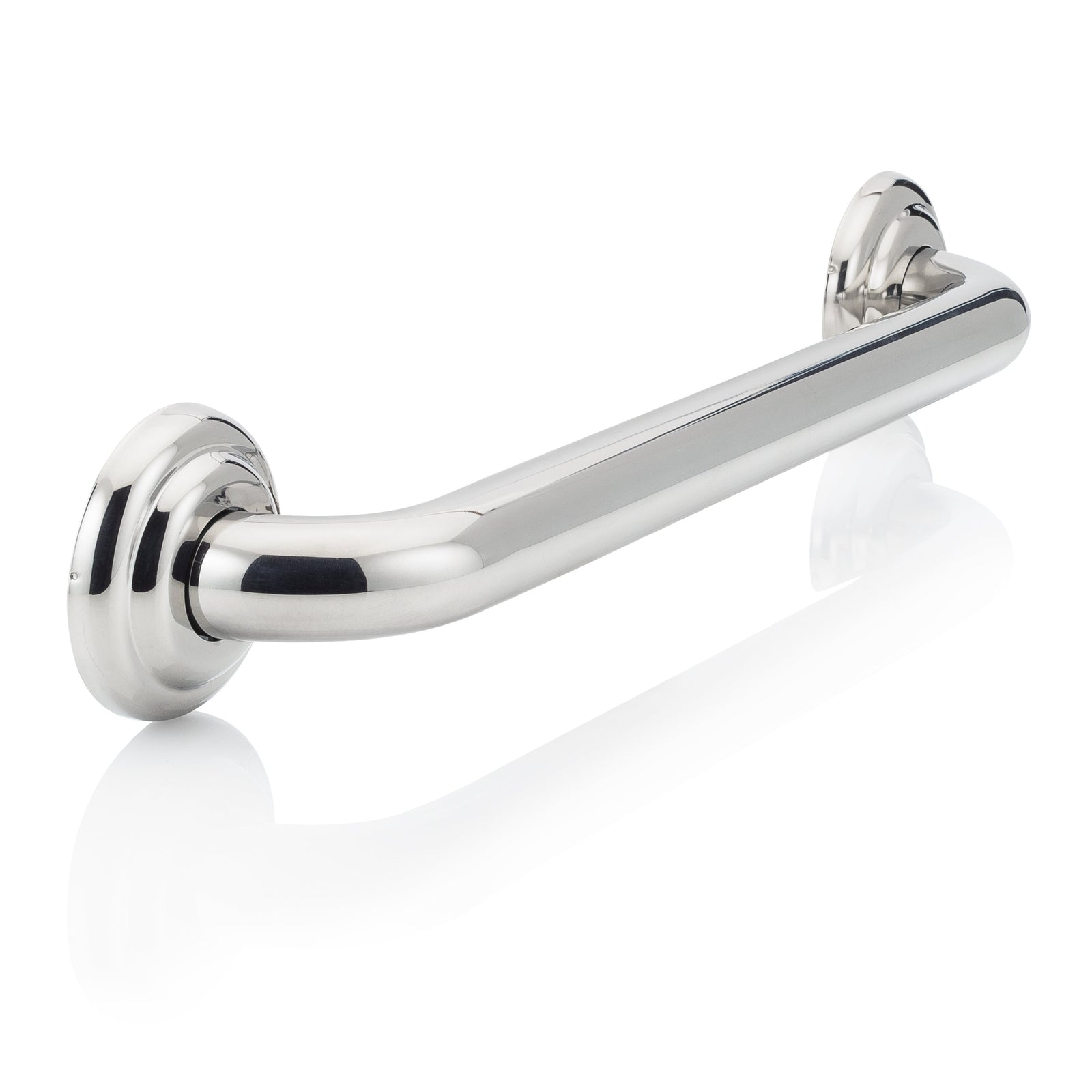
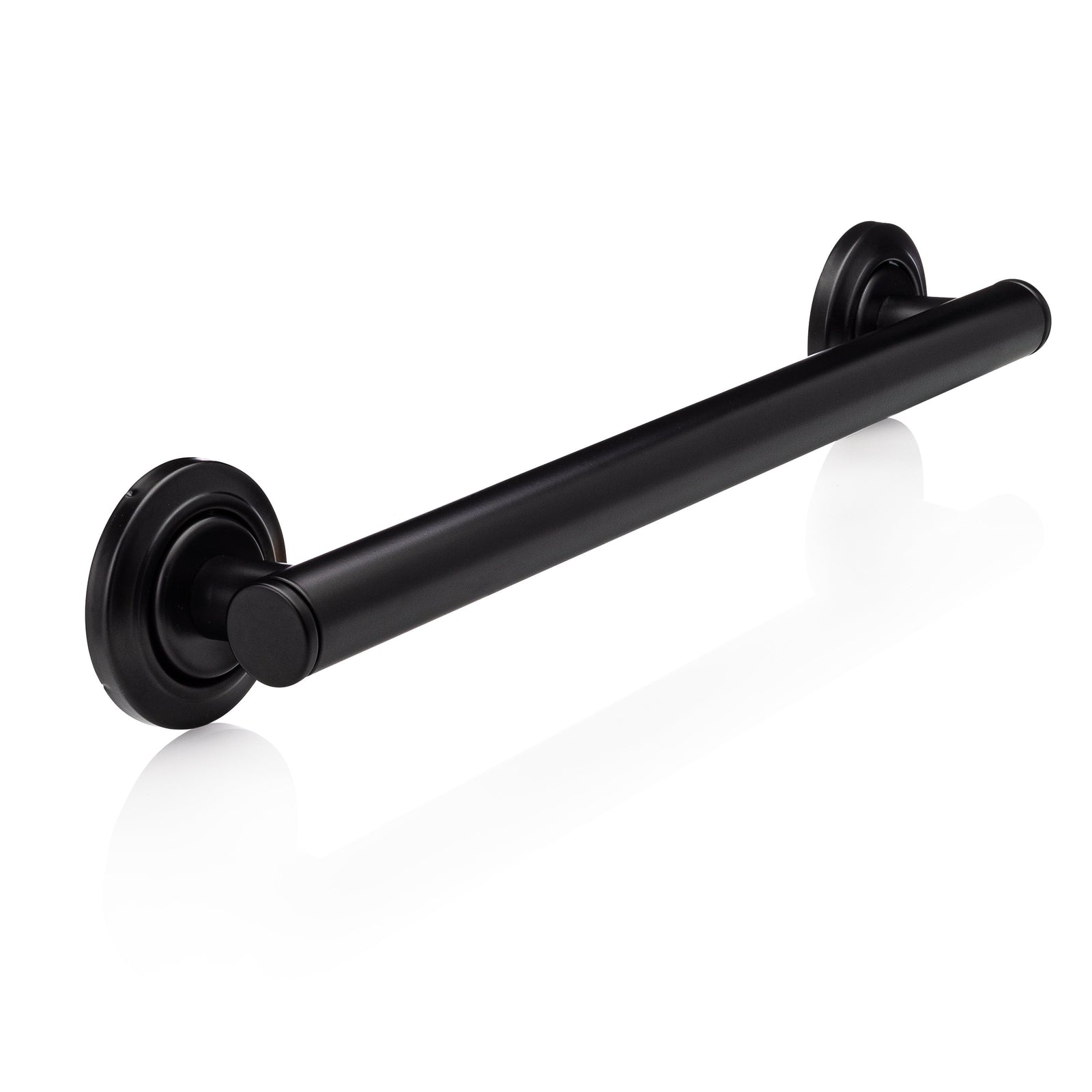
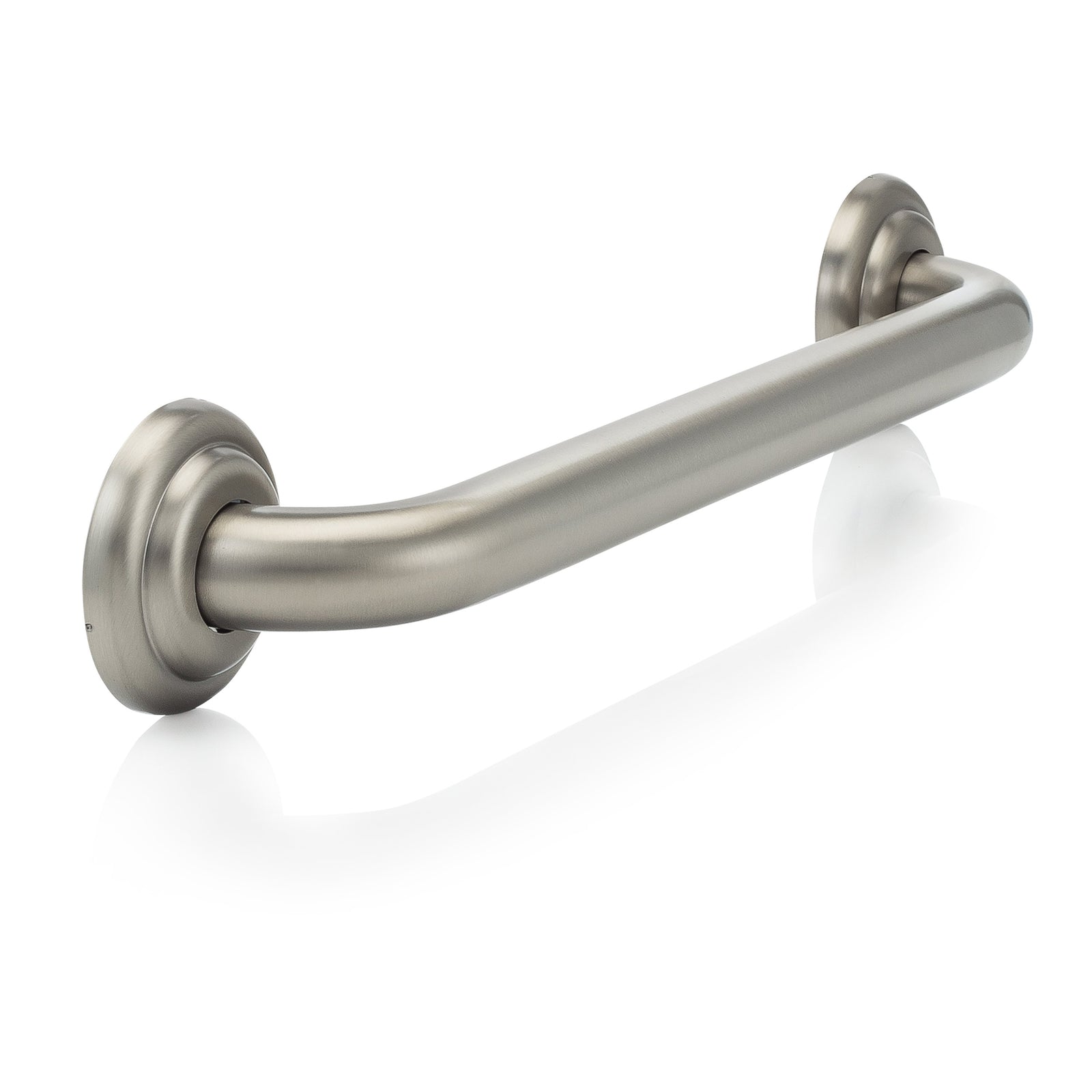
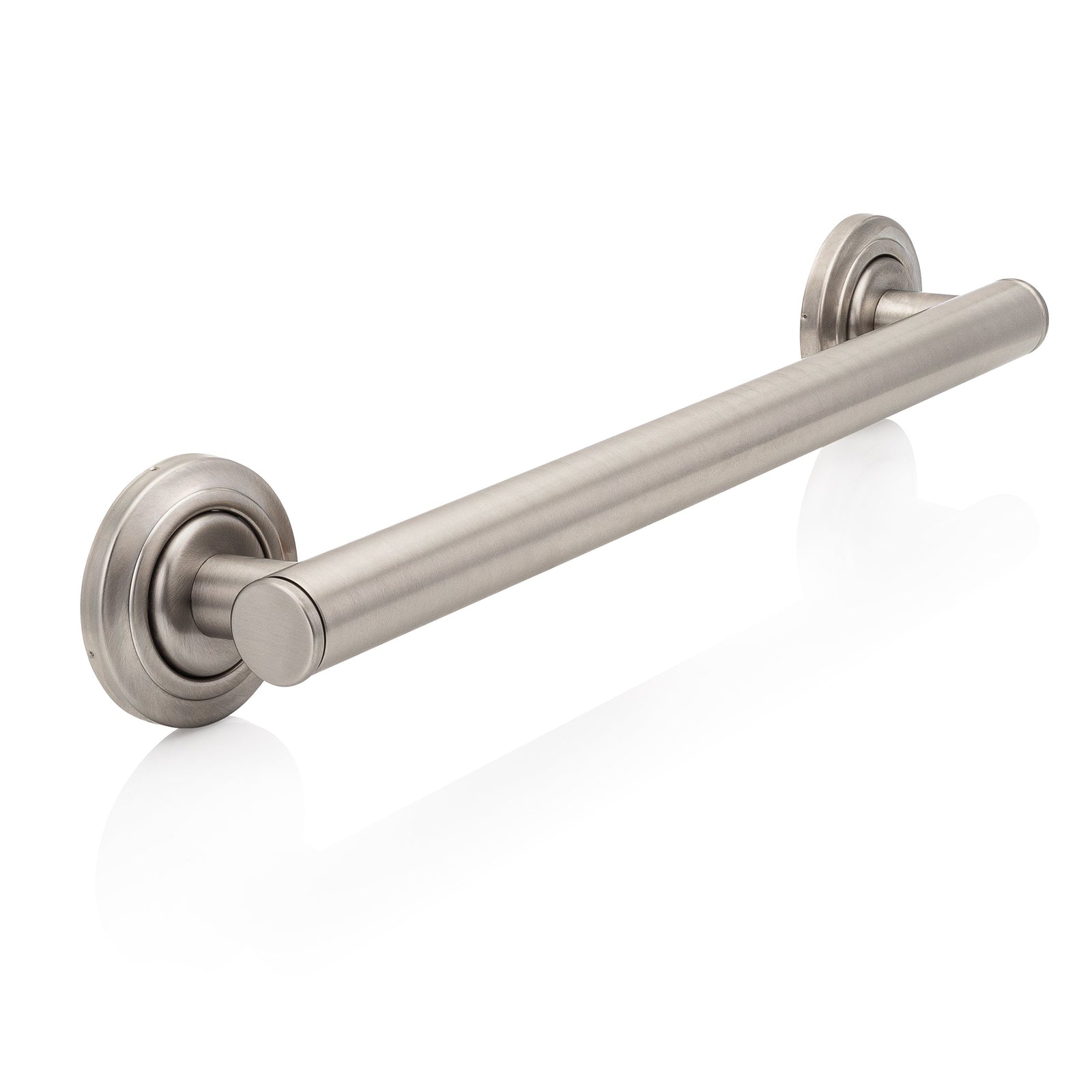
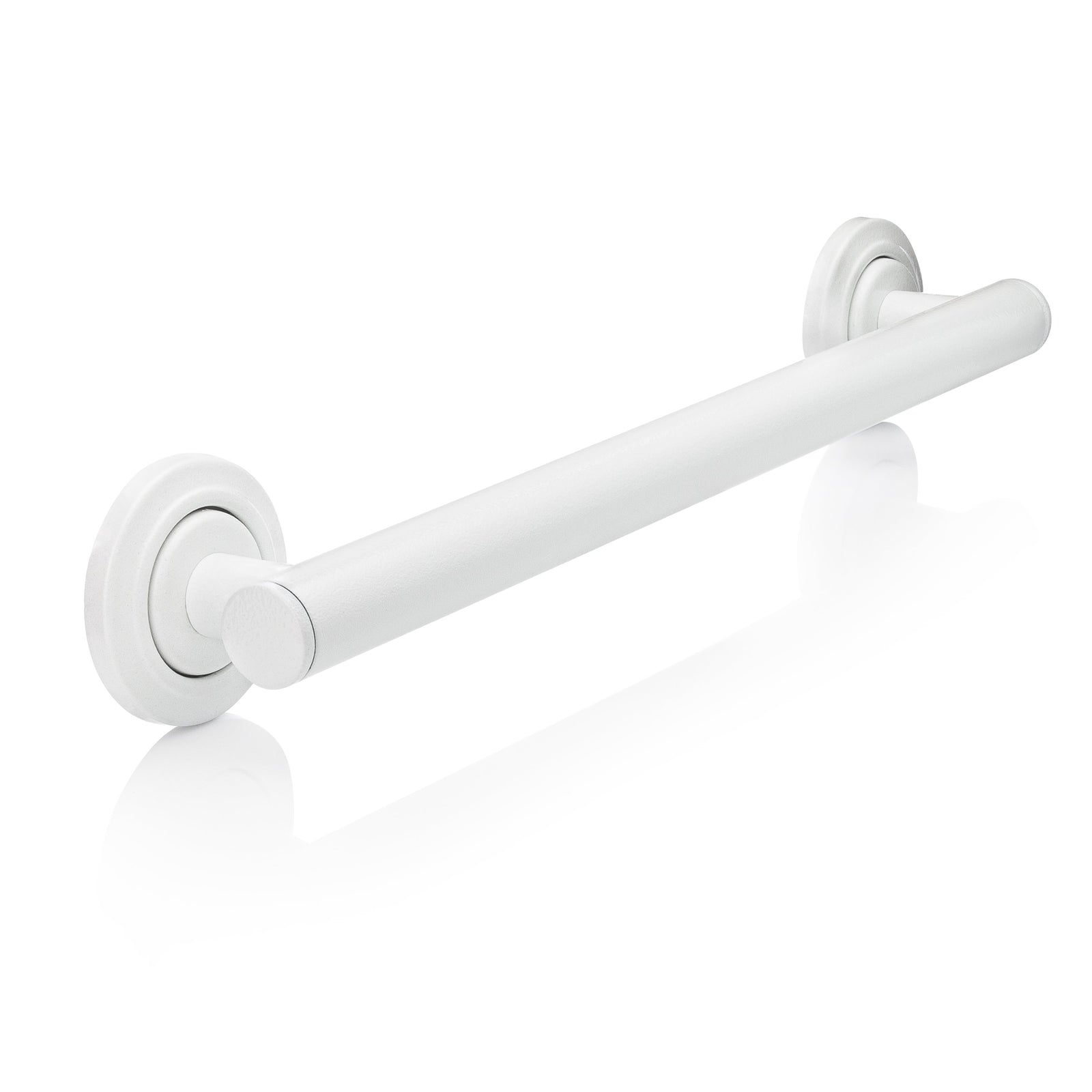
Leave a comment (all fields required)